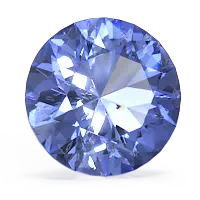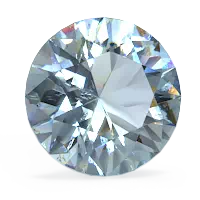

Like waves on a clear blue sea, or twisting wind-swept clouds, these whimsical designs are an artistic expression of spirit and uniqueness. Tanzanite is the gem of fortune and luck. A tanzanite pendant is said to ease stress and free one from bad habits. Wearing an aquamarine is said to help couples smooth out their differences and reawaken their love for each other making an aquamarine pendant the perfect anniversary present.